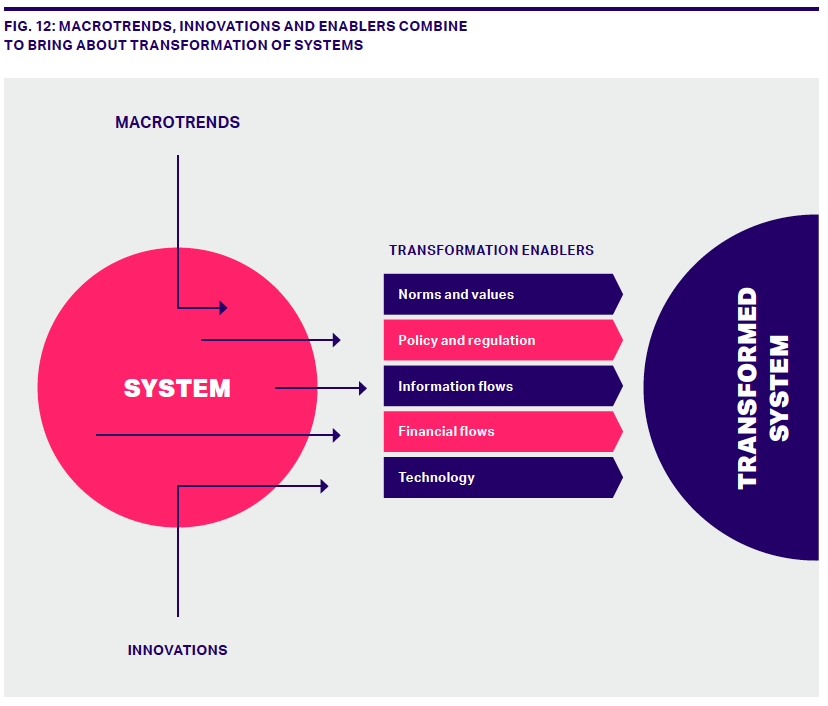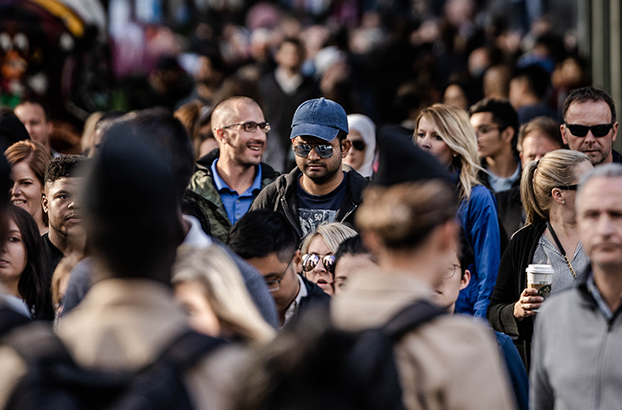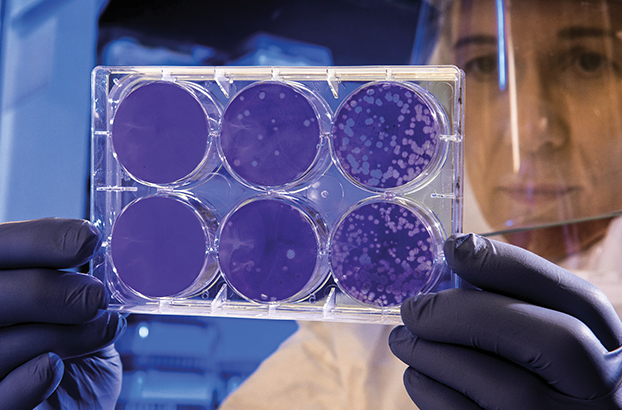MACROTRENDS
All systems operate in a broader context, and are subject to external pressures that can encourage change over time. Macrotrends are pressures that are significant and sustained enough to have far-reaching impacts, such as aging populations, climate change, the rise of automation or a shift in the global economic center of gravity.




